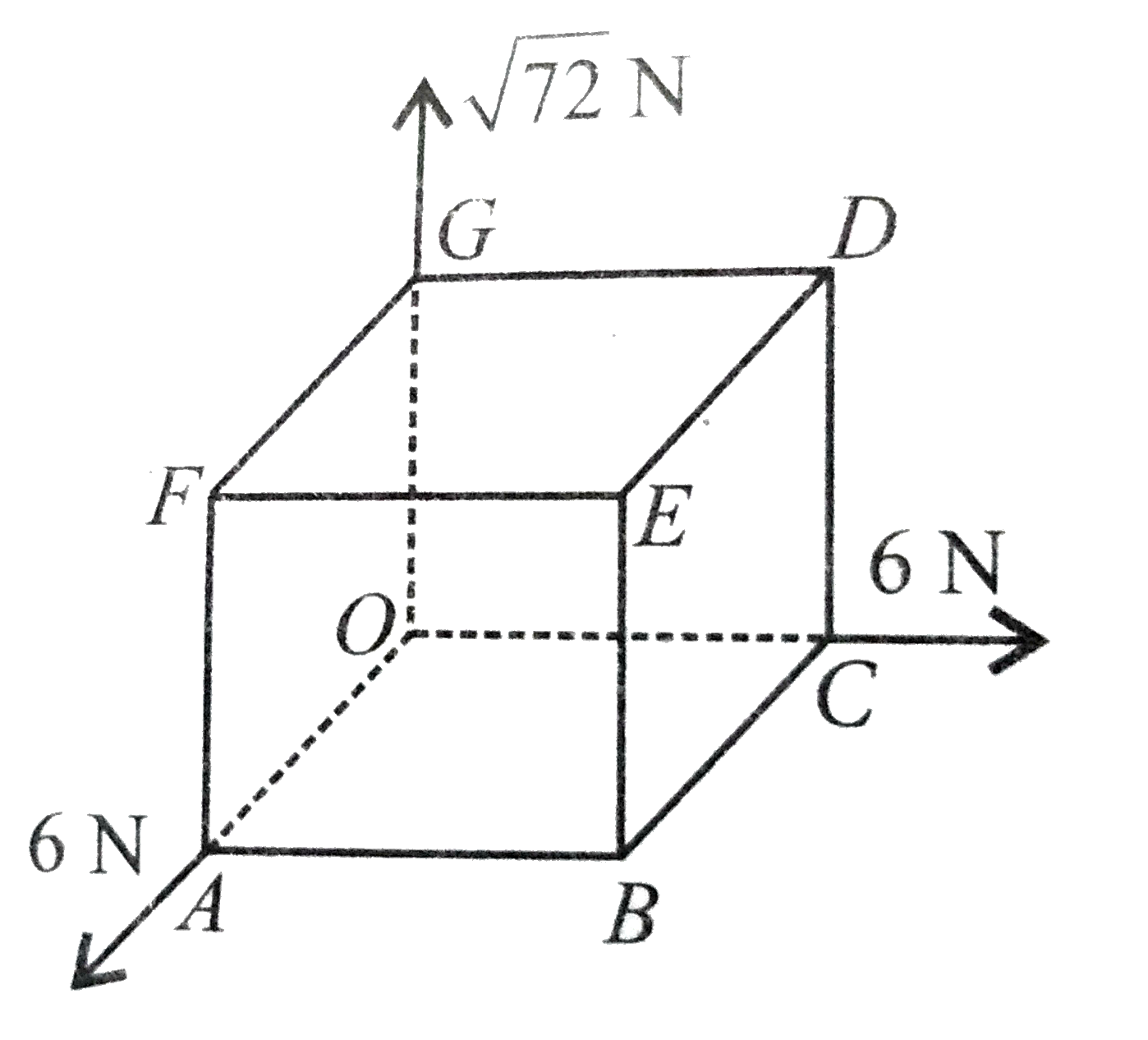Two horizontal forces of magnitudes of 10N and PN act on a particle. The force of magnitude 10N acts due west and the force of magnitude PN acts on a bearing of 30∘ east of north as shown in (figure) The resultant of these two force acts due north. Find the magnitude of the resultant.

10√2N
15√2N
12√5N
10√3N
The correct Answer is:D
Step by step video & text solution for Two horizontal forces of magnitudes of 10N and P N act on a particle. The force of magnitude 10N acts due west and the force of magnitude P N acts on a bearing of 30^(@) east of north as shown in (figure) The resultant of these two force acts due north. Find the magnitude of the resultant. by Physics experts to help you in doubts & scoring excellent marks in Class 12 exams.
Updated on:21/07/2023Similar Questions
Knowledge Check
Two forces each of magnitude 2N, act at an angle of 60∘. What is the magnitude of the resultant force ?
A√2NB√6NC√8ND√12NTwo forces of magnitudes 3N and 4N are acted on a body. The ratio of magnitude of minimum and maximum resultant force on the body is
A3/4B4/3C1/7Dnone of theseIf the resultant of two forces of magnitude P and p√3 acting on a particle is of magnitude P, then the angle between them is
A60∘B120∘C90∘D150∘
Three forces of magnitudes 6 N, 6 N an d √72 N act at corner of cube along three sides as shown in figure. Resultant of these forces is

View SolutionFind the resultant of two forces, one 6N due east and other 8N due north.
View SolutionA block is applied two forces of magnitude 5N each. One force is acting towards East and the other acting along 60∘ North of East. The resultant of the two forces (in N) is of magnitude :-
View SolutionIf the resultant of two forces of magnitude P and p√3 acting on a particle is of magnitude P, then the angle between them is
View SolutionTwo forces 10 N and 15 N are acting on a body then which cannot be the resultant of these two forces
View Solution

